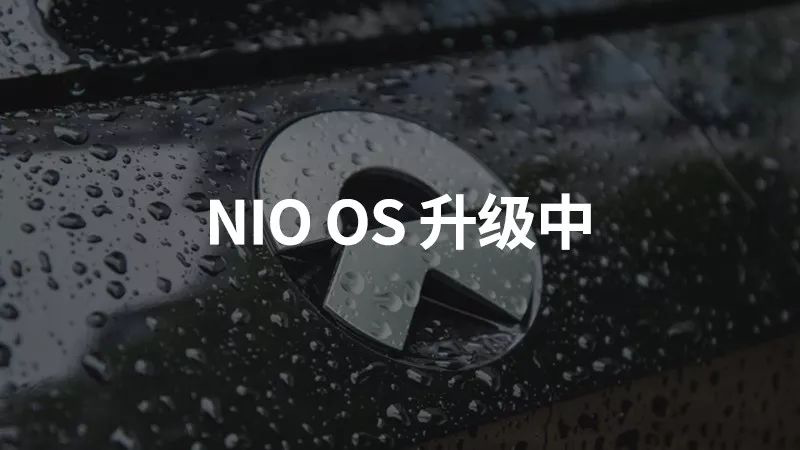The beginning of the year is a suitable time to take stock, and 19 days ago we summarized the updates for the Tesla Model 3 in 2019. The conclusion was that after several OTA upgrades last year, the Model 3 brought a completely new user experience, achieving improvements in every aspect from scratch to good, and from good to even better.
Subsequently, a NIO owner left a comment in the comment section, hoping that we could also summarize the OTA updates for NIO in 2019.
Alright, let’s take a look at what NIO has achieved through OTA in the past year. Have they added new features or just fixed existing issues?
First, let’s take a look at the key updates and upgrades for NIO in 2019:

After reviewing the above summary, here is our evaluation of NIO’s OTA updates in 2019:
- Stability:
In 2019, the software stability of NIO vehicles has reached a relatively high level. Compared with 2018, the probability of crashes and black screens during driving has greatly reduced, and the success rate of software updates has also significantly improved.
I believe that all NIO enthusiasts have noticed this change. Although NIO’s sales doubled in 2019, its reported issues have drastically decreased compared to 2018 when it was in the limelight because of its software problems.
- Features:
NIO, like Tesla, optimized and upgraded the three major components of the car: In-car system, advanced driving assistance system, and power, through OTA in 2019.
However, the difference is that before June, NIO did not open NIO Pilot – their advanced driving assistance system. With OTA, NIO focused more on optimizing some existing shortcomings and introducing some features that had been previously mentioned but had not been implemented.
After June, OTA updates focused more on improving already good features and bringing unexpected features to users.
A New Feeling with Every Update
NIO officially announced that in 2019, they optimized or added more than 200 functions through OTA, receiving a total of 71,539 feedback submissions from users.
To give non-NIO owners a rough idea of what NIO achieved and which upgrades were particularly valuable in 2019, I, as an outsider, will introduce a few noteworthy OTA updates from NIO’s 2019.In March 2019, NIO released an OTA update which added Baidu Maps navigation. Compared to the previously installed Here Maps, it is obvious that Baidu Maps has a wider audience and is more user-friendly, which is a function that NIO owners have been looking forward to.
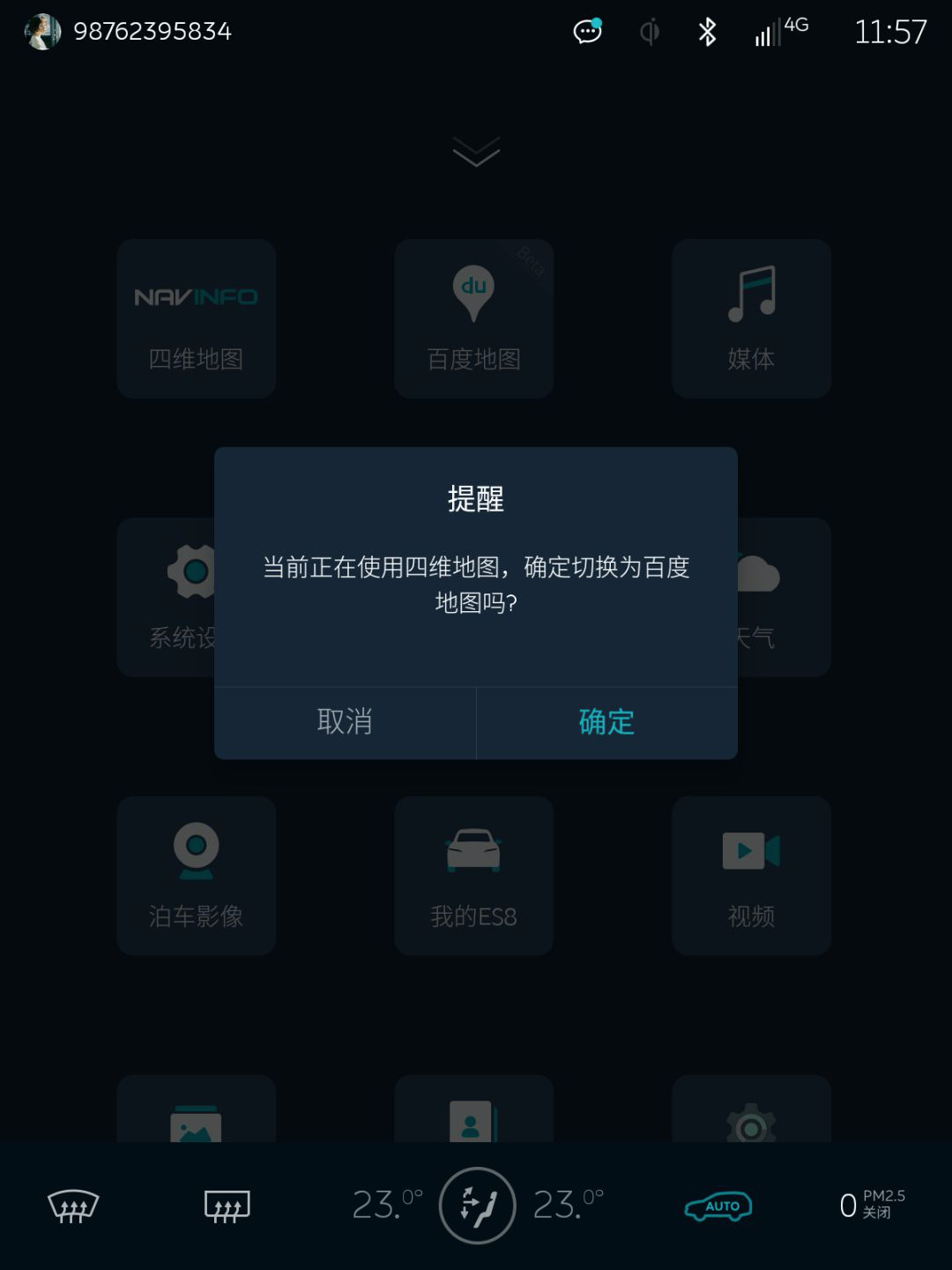
In April 2019, NIO made a clear criticism by releasing the ACC adaptive cruise control through OTA. This is a function that has been popularized several years ago, and it is inappropriate to add it by OTA upgrade 10 months after the vehicle was launched.
In June 2019, NIO officially opened all NIO Pilot related functions through OTA. For NIO ES8 owners who received the first delivery in June 2018, this function was opened one year late.
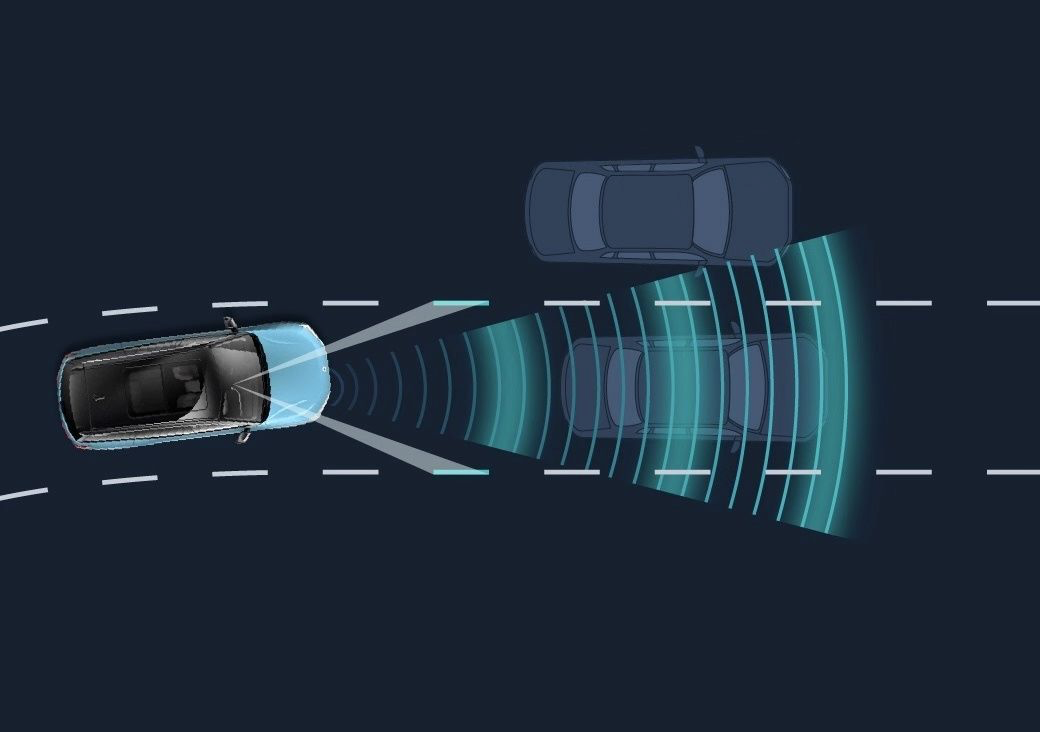
Although it’s indeed too late, considering the purely self-developed property of NIO Pilot, it is too difficult to develop and open the function during the production of the vehicle. If the development is completed in mid-2019 and then delivered to the production car, the delay would be too long. Therefore, after weighing the pros and cons, NIO chose to deliver the vehicle first and then open the function through OTA.
At the same time, in mid-June, many car companies began to promote L2 assisted driving, so although it was late, it was not too late.
Of course, if you don’t want to buy a futures product, you can choose to pay for NIO Pilot after the function is fully developed.
The NIO OS 2.0 display style was also updated at the same time as NIO Pilot.
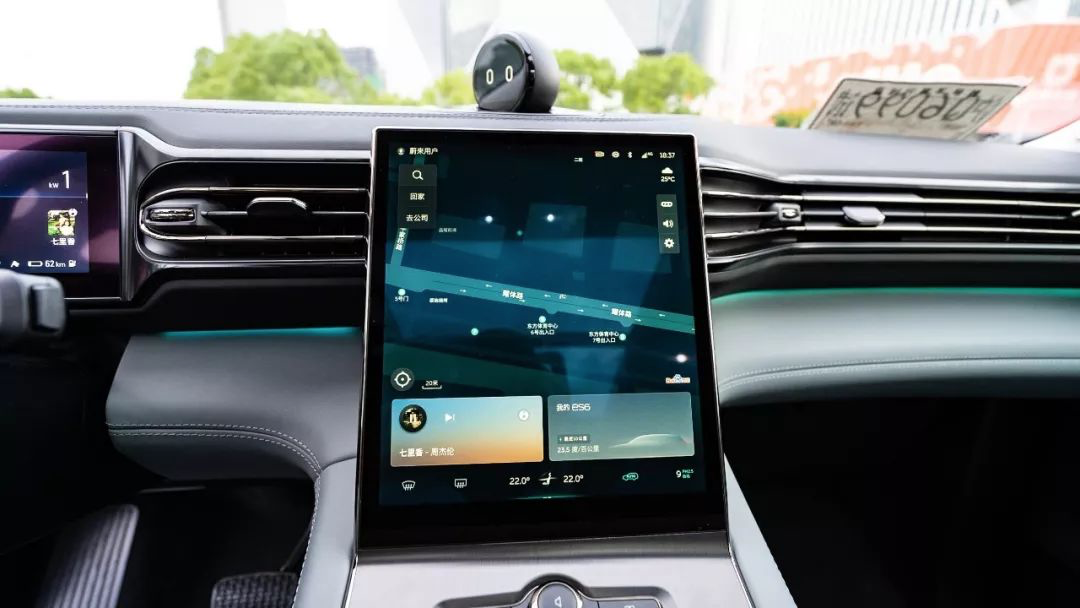
In terms of functionality, NIO OS 1.0 can meet usage requirements, but in terms of practicality, due to some UI/UX designs that are not particularly reasonable, it has received many criticisms from car owners. Therefore, in June 2019, NIO launched a brand new UI/UX NIO OS 2.0 style interface.
Although there are still some details that need improvement, the distribution of various functional keys is relatively reasonable compared to NIO OS 1.0, and the ease of use has also been greatly improved.Here is a professional English translation of the given Markdown text, preserving the HTML tags inside the Markdown and only outputting corrections and improvements.
Inserting a brief note about the illustration in the beginning of this article, we can see that NIO OTA has very rich content which variety extents from assisted driving to turn signal logic optimization. For NIO, with over 30,000 user groups, large numbers of questions are being provided every day. Therefore, it is very important for NIO to balance the priority of upgradeable functions.
I took this opportunity to ask the head of NIO software related work about this question, and his response was: after considering factors such as the frequency of user feedback, evaluation of improvements in driving experience, development resources and time, we decide during multiple rounds of discussion.
After the major update of version 2.0.0 in June, NIO OTA gradually transformed from “from scratch to better” to “from good to better”.
For example, when NIO Pilot was released in June, the deceleration was not combined with kinetic energy recovery, which was not particularly friendly for energy consumption control in electric vehicles. We also gave this feedback during the earliest ES6 test drive.
After NIO OS 2.2.0 was launched, the integration of kinetic energy recovery with ACC/Pilot function was included. The application scenario for kinetic energy recovery was expanded and energy consumption performance was improved.
In addition, the newly released NIO Pilot initially did not support dynamic display of instrumentation and automatic simulation of lane lines. However, this function was improved after four months of release and significantly improved the user experience. When NIO Pilot was launched, I also test drove BMW X5’s assisted driving. Unfortunately, BMW also does not support visualization of surrounding vehicles and lane lines with assisted driving and has not caught up even after half a year.
For the above two points, I believe that NIO is making its way from “good” to “better” through OTA.
In addition, NIO also optimized its energy-saving mode in the 2.3 and 2.4 software versions and released the snow mode promptly according to users’ driving environments.
The new energy-saving mode has a softer power output and relatively lower energy consumption. In snow mode, the vehicle can limit the output power of the front and rear motors and achieve a 50:50 distribution of torque between the front and rear wheels.
These two points undoubtedly made a transition from “good” to “better” with the help of OTA.
The above mentioned points are the important changes I think NIO’s OTA has made in 2019.
What do users think about the content of NIO’s OTA in 2019?
After summarizing the key changes, let’s hear what users have to say.In order to fully understand different users’ opinions on OTA, I interviewed four car owners, including those who own both Tesla and NIO cars, those who previously only had experience with fuel cars and were trying smart electric cars for the first time, and those who owned an ES6 since the second half of 2019 and had relatively complete software upon delivery.
For these owners, the software performance of their vehicles has improved significantly since the time they purchased in 2018, especially after updating to NIO OS 2.0.0 and upgrading to an 11.3-inch central control screen, which greatly improved their overall user experience.
However, one of the owners, who owned a dual NIO-Tesla car, did not see any special surprises in the 2019 updates for the ES8 – they were all routine upgrades.
I also asked a long-time Tesla follower who owns an ES8, and in his view, NIO was constantly trying to catch up in 2019. This “catch-up” may not only be attributed to NIO’s fulfillment of its OTA promises, but also because NIO has been one step behind Tesla.
However, for one owner who had been driving fuel cars and purchased an ES8 with the hope of increasing functionality through OTA updates, the recent snow mode update was phenomenal, as it achieved a feature that would normally require a physical hardware like a differential lock found in fuel cars, through software updates.
Although the high frequency of crashes, black screens, and bugs greatly lowered his appreciation for the car when he first purchased it in 2018, he already bought the car and had to accept it. The relatively good service of NIO also offset the negative impression. With the 2019 updates, he is now very satisfied with the car and looking forward to the next update to see new features.
The last owner, who purchased an ES6 in August of this year, received a car with the NIO OS 2.X system already installed. He believed that the system was relatively complete and was surprised by the user experience because he had some expectations about NIO’s software.
Especially after purchasing NIO Pilot and opening all its features through a software update, he felt refreshed.
Although these three owners have their own opinions, it is clear that they all appreciate OTA technology.
So, is updating the software of a car difficult?
The answer is definitely yes.As one of the few global car companies that have achieved self-built vehicle OTA, it means that many things need to start from scratch. Therefore, the difficulty can be imagined. And in the subsequent update iteration process, NIO engineers believe that the most difficult point is to improve the success rate of OTA to 100\%.
Not to mention NIO, even traditional automakers find it difficult to avoid software pitfalls.
In October 2018, an Audi spokesperson stated that due to software development issues, the e-tron model would be delayed for a month.
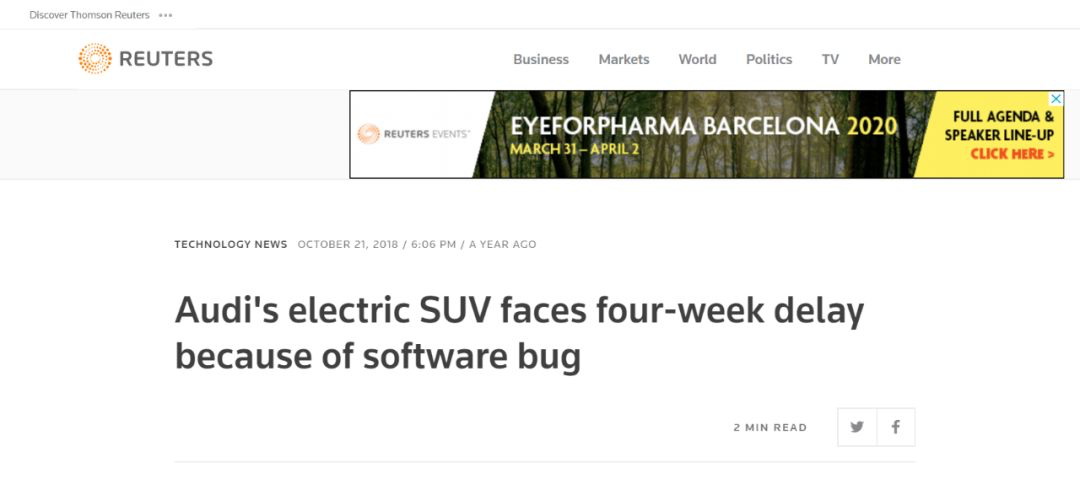
On December 10, 2019, German Manager Magazin reported that due to numerous software problems with the VW ID.3 and the inability to achieve OTA at present, new software can only be updated through the current connection method.
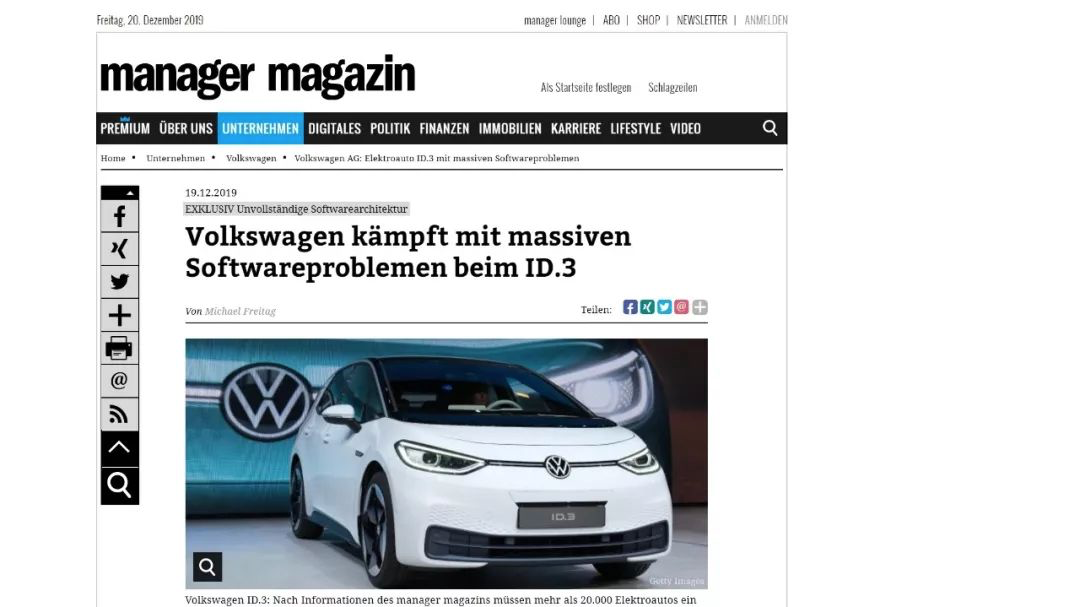
Does this scene seem familiar? When NIO was first delivered, there was no OTA function. The first update had to be done offline.
However, Volkswagen’s current choice is to delay delivery, but whether there will be software problems after delivery is still unknown.
It is indeed difficult to achieve OTA for the entire vehicle, and to reduce the probability of software bugs to almost zero. Although “difficulty” is not an excuse for problems, I want to be fair here. I hope that every user who purchases a smart car can maintain a certain expectation and a tolerant attitude. If you hope to enjoy the benefits of OTA, you should also tolerate some of its current shortcomings.
OTA is a good thing. Don’t knock off the OTA function just because of some problems. Leave some space. I believe that with the help of OTA, smart cars will become better and better.
As more traditional brands that support entire vehicle OTA are on the rise, we will focus on how traditional brands balance stability, speed, and functionality.
Finally, in the automotive industry, the start of a revolutionary update to the electronic/electric architecture has brought about a significant increase in the importance of software. For this reason, Volkswagen has specially established the Car.Software Department and plans to recruit 10,000 software development experts by 2025, hoping to increase their internal market share of automotive software development from the current less than 10\% to 60\% by 2025.
However, obviously, this Chinese automaker has already taken the lead over traditional automakers!
This article is a translation by ChatGPT of a Chinese report from 42HOW. If you have any questions about it, please email bd@42how.com.
